A You saw what is known as a “split-rail derail” – a device designed to keep errant railcars from fouling main tracks. The switch stand with the prominent “D” marks it as such. The basic premise is safety: Should one or more cars roll freely, it will be much safer to have them derail on the siding away from the main track at low speed than to possibly have a collision with a train on the main line.
The derail comes in many varieties, but they all serve the same purpose. Some are portable, for temporary use, and some are built-in, like the split-rail variety shown here, for long-term securement. Others fit between ties, also shown below. On those, the flange is forced up and over the rail.
Derails appear where unsignaled tracks join main lines. They are frequently placed on industry spur tracks, especially when hazardous materials are involved or when a customer does its own switching. Some are even controlled directly by the dispatcher, like on an interchange between two railroads, but the majority are crew-operated. – Brian Schmidt





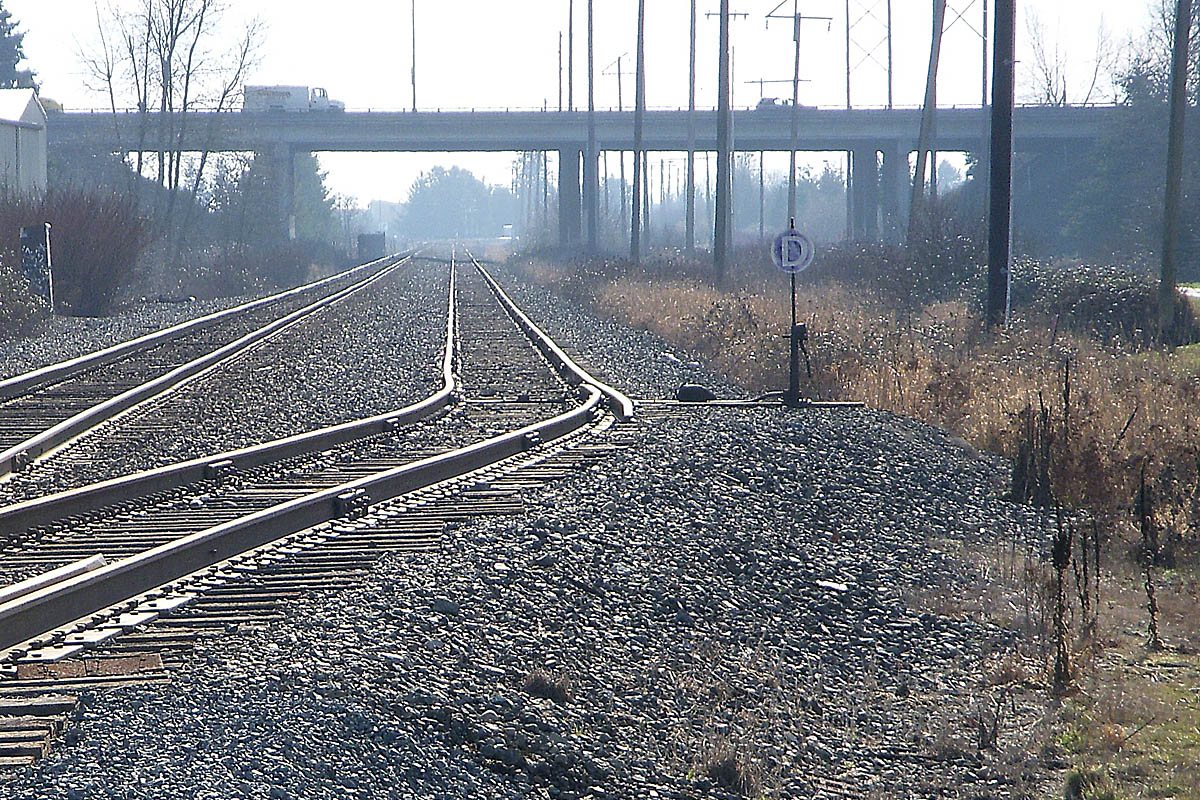
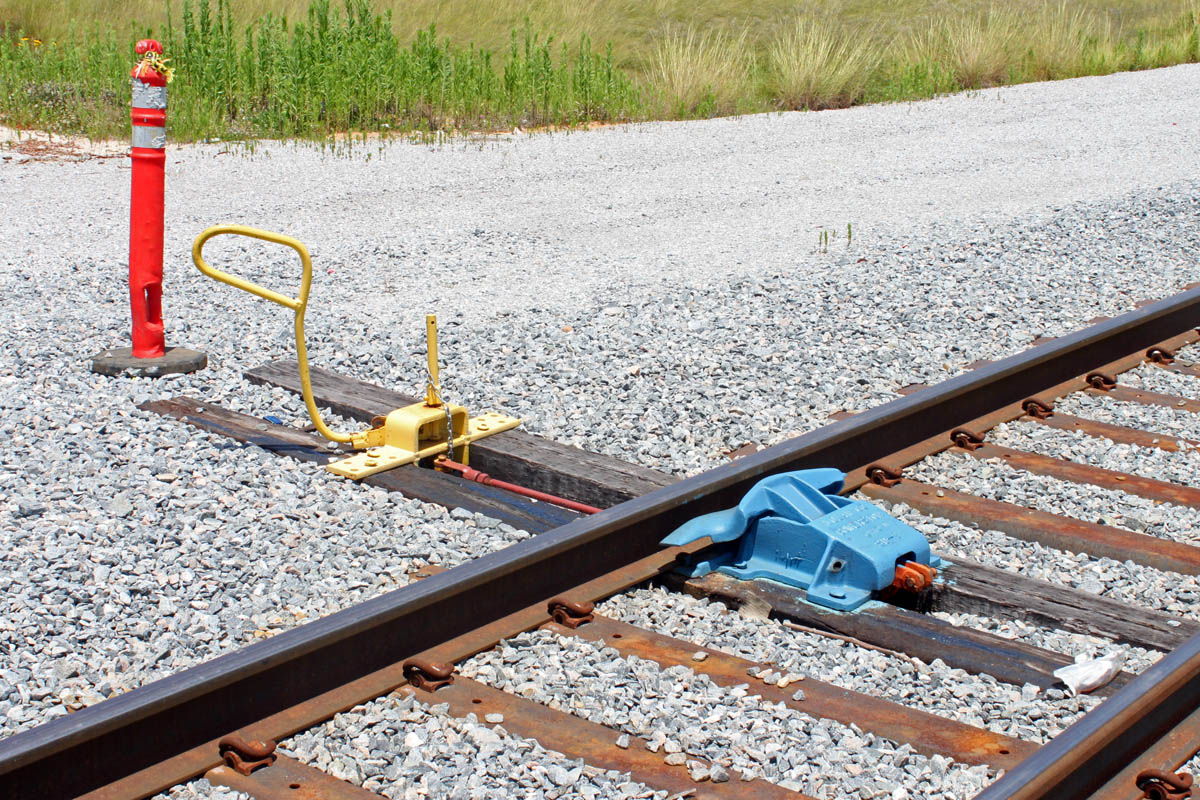

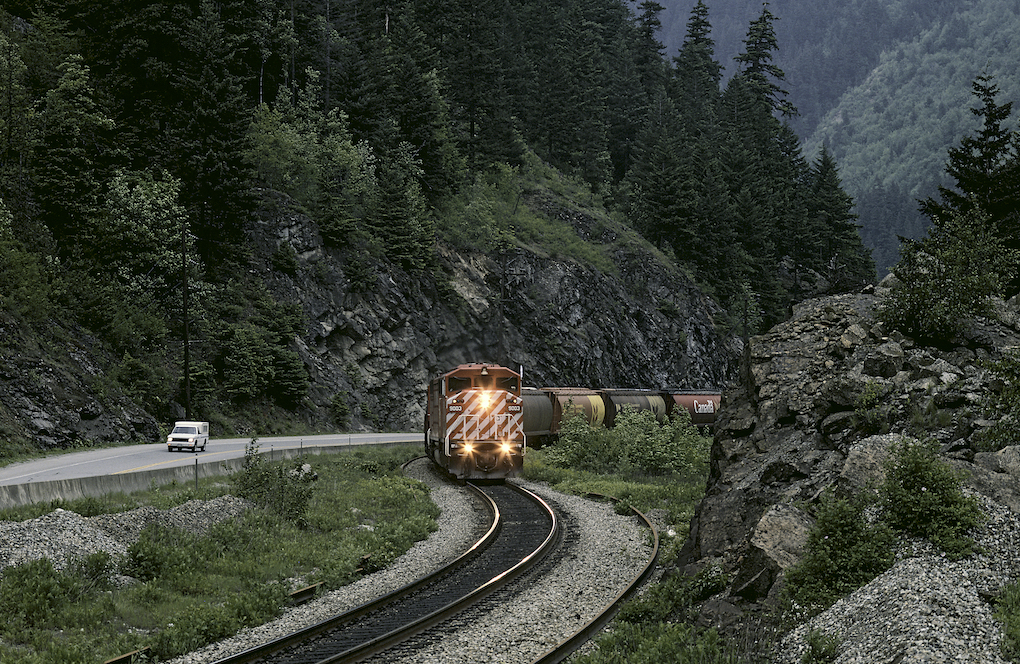
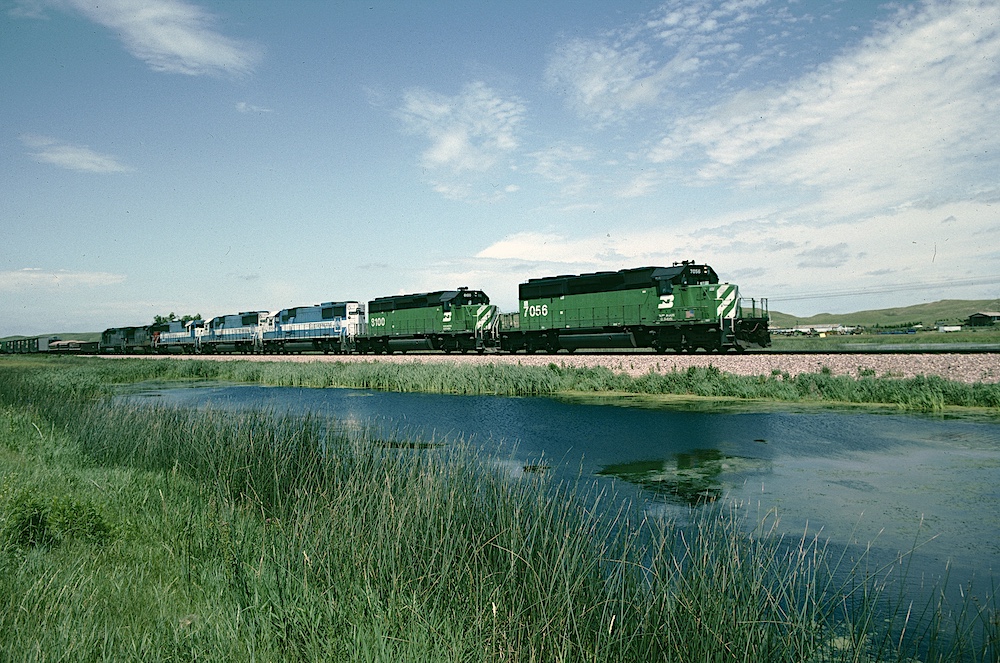
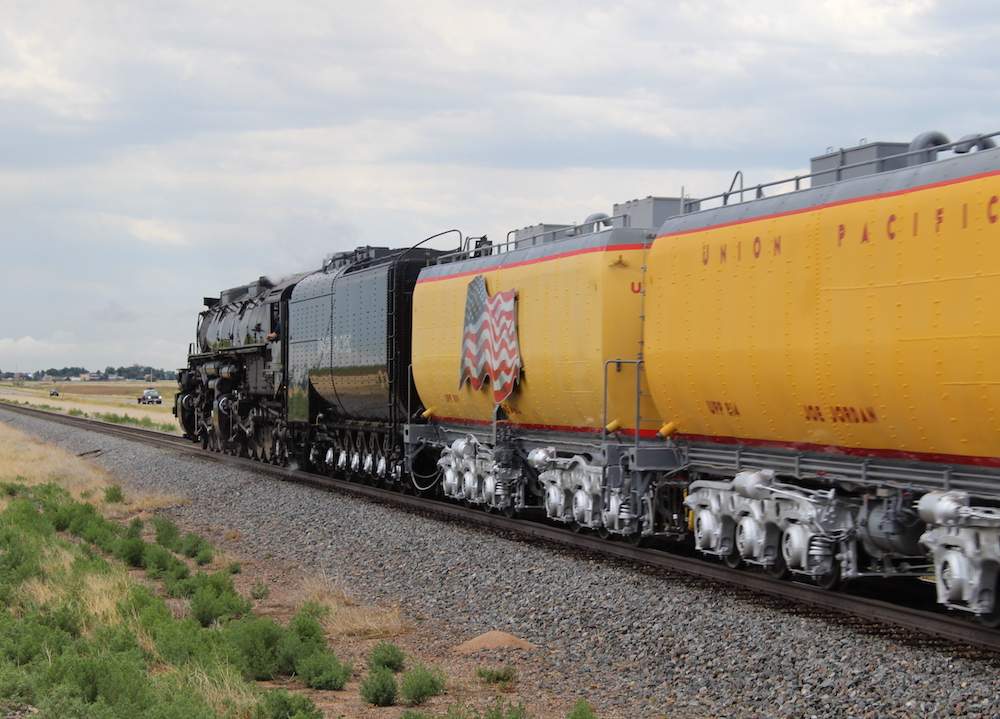
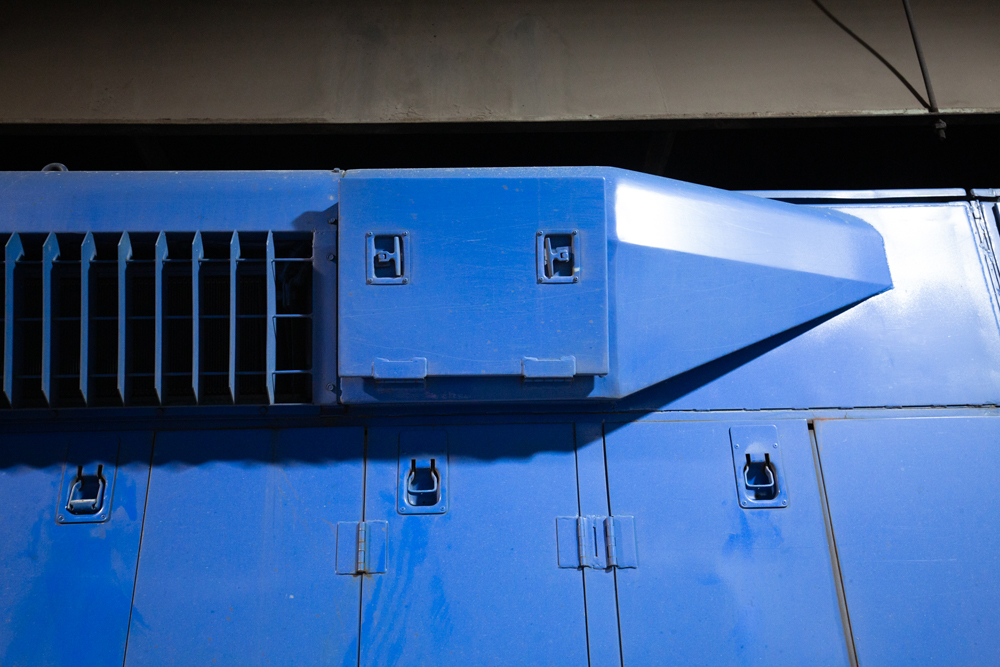




Derailers are placed at the entrance to all sidings and industries they also protect branch lines. Every siding will have this setup The Switch, The Electronic Lock, The Relay Box, and The Derail. The Switch Electronic Lock and the Relay Box are designed to prevent trains from entering the siding when the switch is closed The Derail adds extra protection it keeps runaway cars from entering the main or the passing siding.
Thanks for the clear explanation.
I was visiting Portland OR over the last 3 weeks on business (I’m UK based).
Noticed two of these with motorized controls protecting the Steel Bridge on the link to Union Station.
Was able to observe them operating, i.e. moving from clear to derail position following the passage of one of the Cascades Express trains. Obviously these are integrated into the signalling system and are there to discourage cars or trains from entering the river when the bridge is up.
What is a Reverse curve